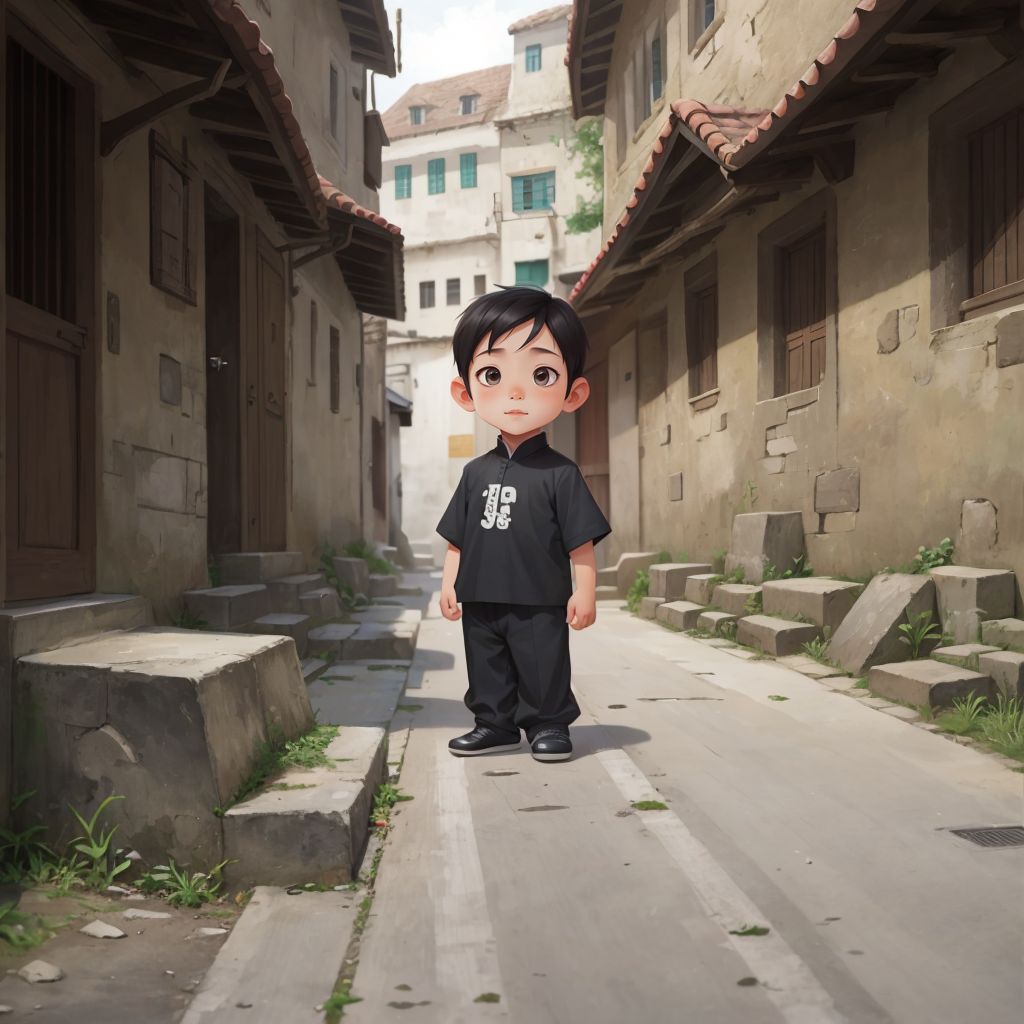

Recommend
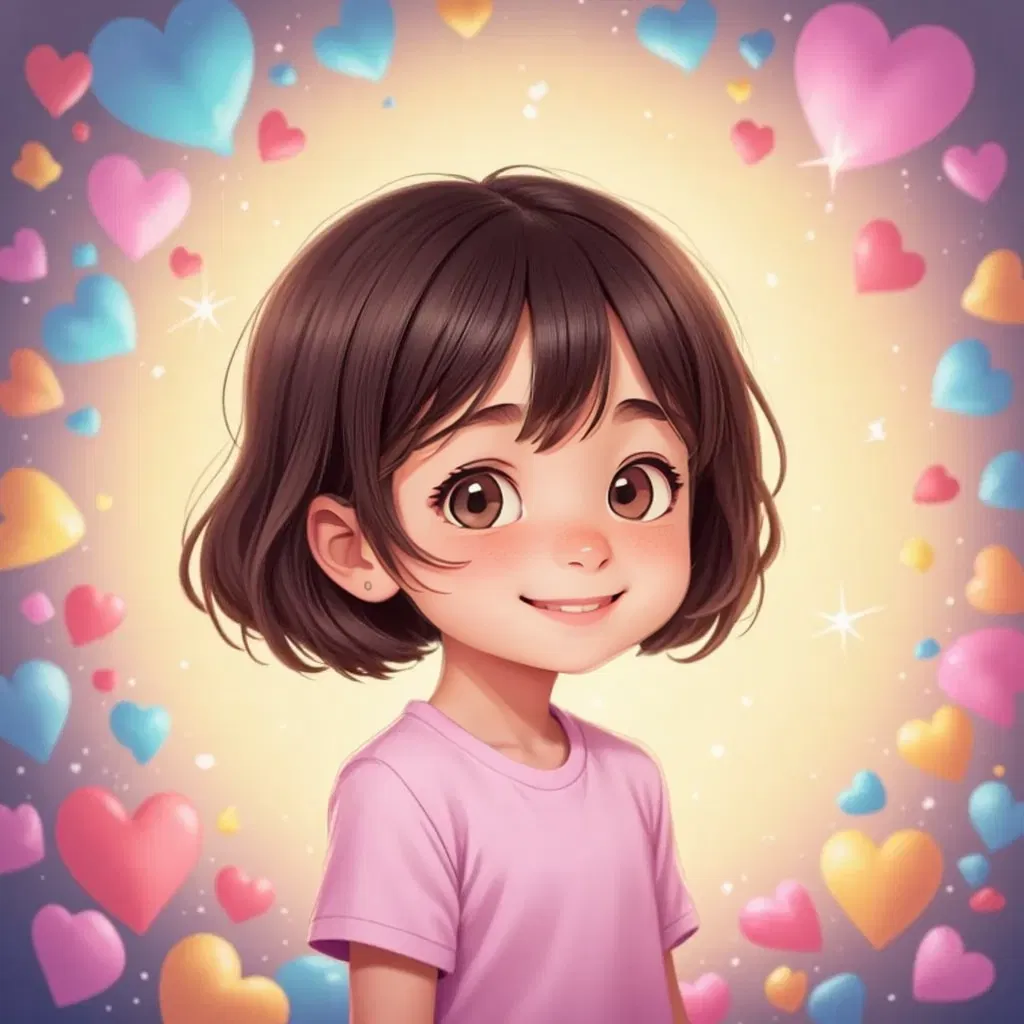
"O nosso corpo é especial, e só a gente decide quem pode chegar perto. Isso vale para abraços, beijinhos e toques. Mas tem lugares que ninguém pode tocar, e se isso acontecer, precisamos contar para um adulto de confiança!" Áreas Restritas, indicar partes do corpo que são privadas. "Algumas partes do nosso corpo são privadas e só nós podemos cuidar delas! São aquelas cobertas pelo biquíni ou pela cueca. Se alguém tentar tocar ou pedir para ver, diga NÃO bem forte e conte para alguém de confiança!" Cena 4 - Sentimentos e Alertas (Imagens de rostos felizes, tristes e assustados para ilustrar emoções.) ANIMAÇÃO APRESENTADOR: "Se alguma coisa te faz sentir estranho, com medo ou desconfortável, isso é um sinal de alerta! Nunca guarde segredo sobre isso. Você pode contar para a mamãe, papai, professora ou outro adulto que confia." Cena 5 - Como pedir ajuda? SIMPLES No Brasil, as crianças podem denunciar qualquer tipo de abuso ou situação de risco ligando para o **Disque 100**, que é o canal oficial do Governo Federal para denúncias de violência contra crianças e adolescentes. Além disso, eles também podem ligar para o **190** (Polícia Militar) em casos de emergência. história, respeito, criatividade e valores Esse roteiro ensina de forma clara e lúdica sobre limites e segurança corporal para crianças.

A hidden world of magical fairies, visible only to those with the special gift of believing. Caroline a little girl who grows up in the south, back in simpler times. Her days are filled with nostalgia and magical experiences such as playing dress up in with a vintage suitcase full of her moms clothes and pearls. Caroline loves fairies and cotton candy. She builds a huge fairy garden in her backyard and invites her neighborhood friends to help her. Caroline believes that fairies are real and are truly magical creatures. One night she awakens and looks out her window to the backyard at her fairy garden. under the moonlight she sees a magnificent sight! The fairies are frolicking in a circle around their big fairy tree making cotton candy! She goes outside to investigate further and from there ends up joining the fairies on many magical adventures. Chasing Fireflies, Riding Carousel Horses that come alive, ect The fairies are very appreciative of Caroline's kind soul and the efforts she put into building them their magical fairyland. Caroline is so thrilled at her fairy experience she shares this with others and begins creating fairylands all across the land so other children can experience the magic that she has with the fairies.
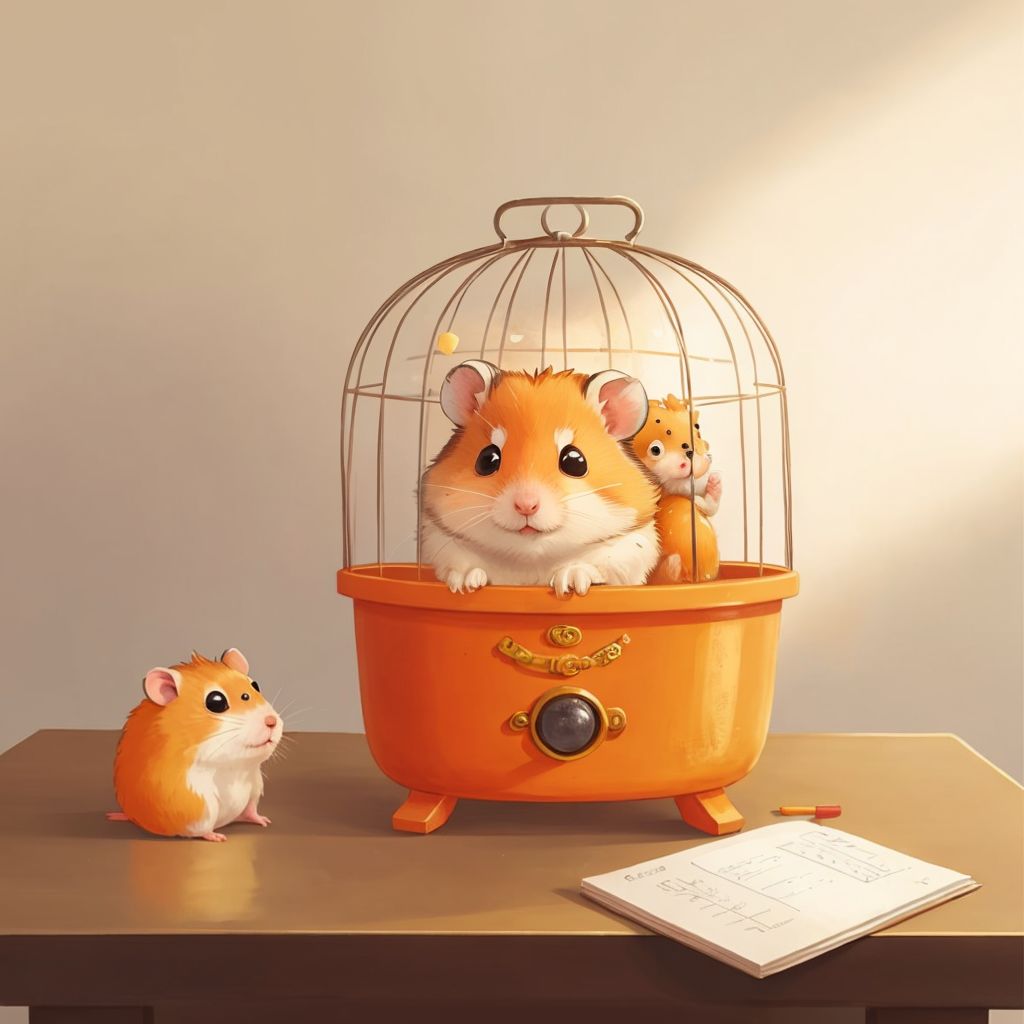
Nibbles Nugget Fluffball is a hamster that I know, I think that when I am sleeping, on adventures he does go. For when I wake up in the morning, the cage is open wide, I always think that he’s gone missing but he’s sleeping there inside… Each night when I’m supposed to sleep, I try my best to stay awake, I watch the cage, my heart a-thump, for Nibbles' daring break. But just when I think he's set to go, escaping through the door, I blink my eyes, and in a flash, I’m snoring on the floor! So I set up my camera, hoping to catch him on the run, But every time I check the screen, the footage is all done. The camera’s been turned off, or moved to some new place? Nibbles Nugget Fluffball! I see that smile on your face! The cage is empty every night, with crumbs and fluff inside, And little paw prints all around, where Nibbles likes to hide. He is up to something, but what it is I don’t quite know, So I lay awake and wonder where my sneaky hamster goes… One night, I finally stayed awake and watched, my eyes as big as moons, I felt that Nibbles would escape and make his move real soon. But when I peeked out from my bed, and tried to see him leave, I found him curled up in his cage, oh, how sneaky he can be! But then I heard a little sound, a soft and quiet squeak, I turned my head to catch a glance and Nibbles was staring back at me! He jumped off the table, where his cage is sat With Kiwi, my dog, right behind, they were running from the cat! You won’t believe me when I tell you, that they played all night! Jumping up the walls and under chairs, it was a crazy sight! Then I saw my cat Asha, lurking in the dark! Kiwi would distract her by letting out a bark! Asha, would sneak around, her eyes all sharp and bright, But Kiwi and Nibbles were too quick to be caught within her sight. They’d climb up the curtains, or hide under the rug,

"Our Father who art in heaven": Explain that God is like a loving father who is always watching over us from heaven. "Hallowed be thy name": This means we respect and honor God's name. You can relate this to how we treat our family names with respect. "Thy kingdom come": Talk about how we want God’s goodness and love to be present in our lives and the world. "Thy will be done on earth as it is in heaven": Explain that we want to do what God wants, just like we listen to our parents. "Give us this day our daily bread": This is asking God to provide for our needs, like food and love. "And forgive us our trespasses, as we forgive those who trespass against us": Discuss the importance of saying sorry and forgiving others when they hurt us. "And lead us not into temptation, but deliver us from evil": Explain that we ask God to help us make good choices and stay away from bad things.
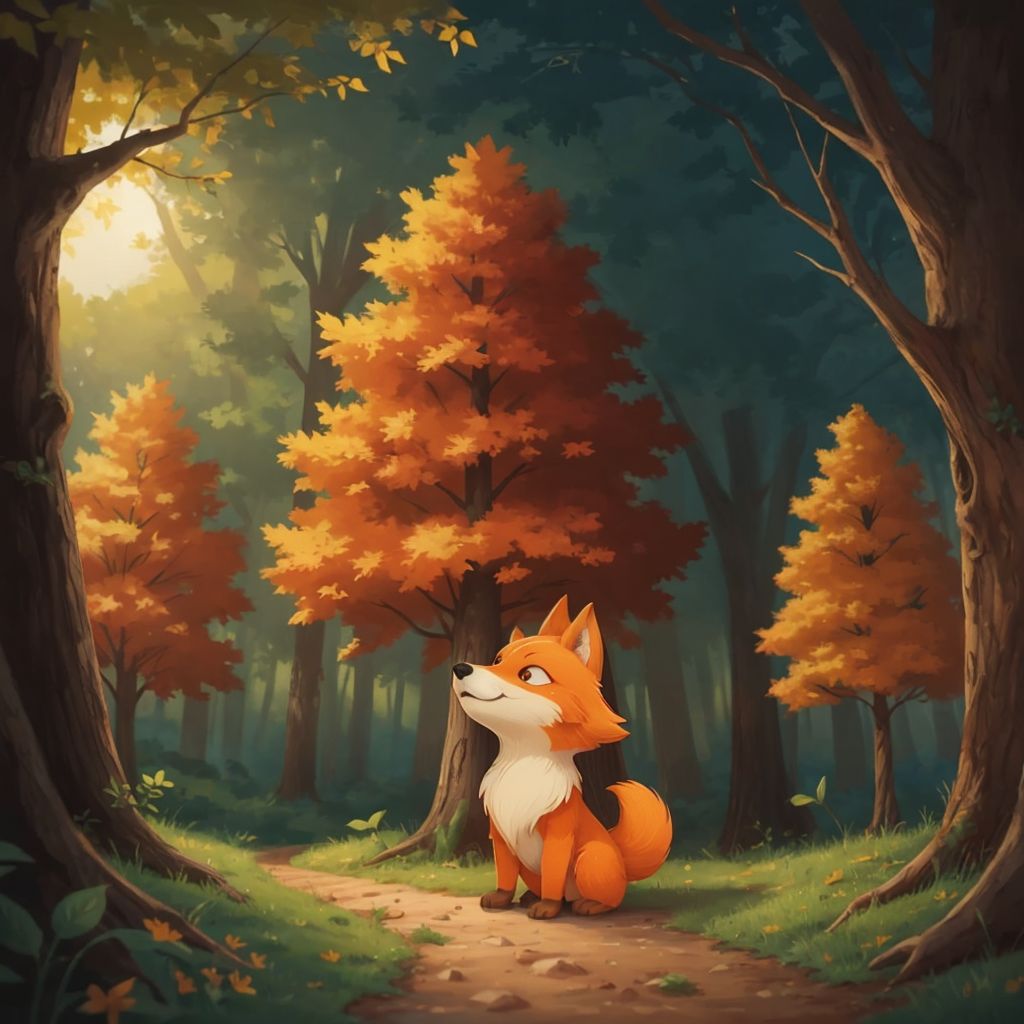
Page 1: Finn was a little fox who loved to play in the forest. But sometimes, he felt scared, even when nothing dangerous was around. His heart would race, and his paws would shake. Page 2: One day, Finn's friend, Bella the bunny, invited him to a big hill to watch the sunset. But Finn remembered how tall the hill was and felt afraid. "What if I trip? What if I fall?" he worried. Page 3: Bella saw Finn looking nervous. "Are you okay?" she asked. "I don’t know," Finn said. "My tummy feels funny, and my legs feel wobbly." Page 4: Bella smiled. "That sounds like anxiety. I used to feel that way too! But I learned some tricks to feel better. Do you want to try?" Page 5: Finn nodded, and Bella taught him to take deep breaths—inhale for four seconds, hold for four seconds, and exhale for four seconds. "Breathing helps calm your body," she said. Page 6: Next, Bella said, "Think of a happy place. Imagine your favorite spot and how safe you feel there." Finn closed his eyes and thought about his cozy den, wrapped in soft blankets. Page 7: "Now," Bella said, "let's take one little step up the hill. Just one. Then we can stop and see how you feel." Finn took a tiny step. "I did it!" he said, feeling proud. Page 8: With Bella's support, Finn climbed higher and higher. When they reached the top, Finn gasped. The sunset was the most beautiful thing he had ever seen! Page 9: "I was scared, but I did it!" Finn cheered. Bella nodded. "Facing your fears little by little helps them feel smaller over time." Page 10: Finn learned that feeling scared was okay. He could take deep breaths, think of a happy place, and take small steps to feel better. Page 11: As they watched the sunset, Finn smiled. "Next time I feel scared, I’ll remember what you taught me." Bella patted his back. "And I’ll be here to help!" The End.

Once,there was a boy name Aren who live in a small Village.he was the best striker on the local football team,but everyone laughed at his dream of becoming a world-famous football player One Day,a terrible storm hit the Village,destroying the football Field.Aren decided he couldn't wait for someone else to fix it-he had to do something himself.Every Day,he practiced on rough patches of ground and worked odd jobs to help raise money for the team. One day, a famous football coach from the City visited the Village. Impressed by Aren,s determination and kill, the coach invited him to join a major competition. At the tournament, Aren faced fiece opponents, but his creativity and resilience helped him shine. In the final Match, his unexpected and daring last shot secured the victory for his team. That Day, everyone in the Village realized the power of his dreams.

1. Girl with head out of the window smiling and waving at young friends in a beautiful suburban neighborhood. 2. Girl looking into mirror smiling. 3. Girl hugging younger brother hugging 4. Girl hugging herself with "You are so Loved" written on the wall. 5. Girl waking up and smiling with self love. 6. Girl eating breakfast with family smiling. 7. Girl loving her hair and her smile with her head up high. 8. Girl putting on her backpack and stepping outside of the front door. 9. Black girl with two puffs and a yellow dress helping a friend on the bus and smiling. 10. Black girl with two puffs and a yellow dress raising her hand confidently in class and classmates cheering her on. 11. Black girl with two puffs and a yellow dress in the school bathroom mirror smiling and loving herself. 12. Black girl with two puffs and a yellow dress hugging a friend. 13. Black girl with two puffs and a yellow dress saying kind words to a friend and helping them feel better. 14. Black girl with two puffs and a yellow dress saying goodbye to their best friend. 15. Black girl with two puffs and a yellow dress being resilient. 16. Black girl with two puffs and a yellow dress showing courage in class. 17. Girl learning lessons to help her grow. 18. Girl being successful and winning a spelling bee. 19. Girl learning from a mistake and adjusting her plan. 20. Girl showing gratitude with her younger brother. 21. Girl showing gratitude with her family. 22. Girl being thankful in nature with gratitude. 23. Girl being thankful for the air she breathes. 24. Girl being thankful for the morning sun. 25. Girl loving who she is in front of a crowd. 26. Girl smiling and looking at the moon. 27. Girl looking into a mirror saying, "I am worthy" 28. Girl embracing the small moments. 29. Girl being a leader. 30. Girl taking a risk. 31. Girl loving life and taking photos. 32. Girl being proud with her older sister.
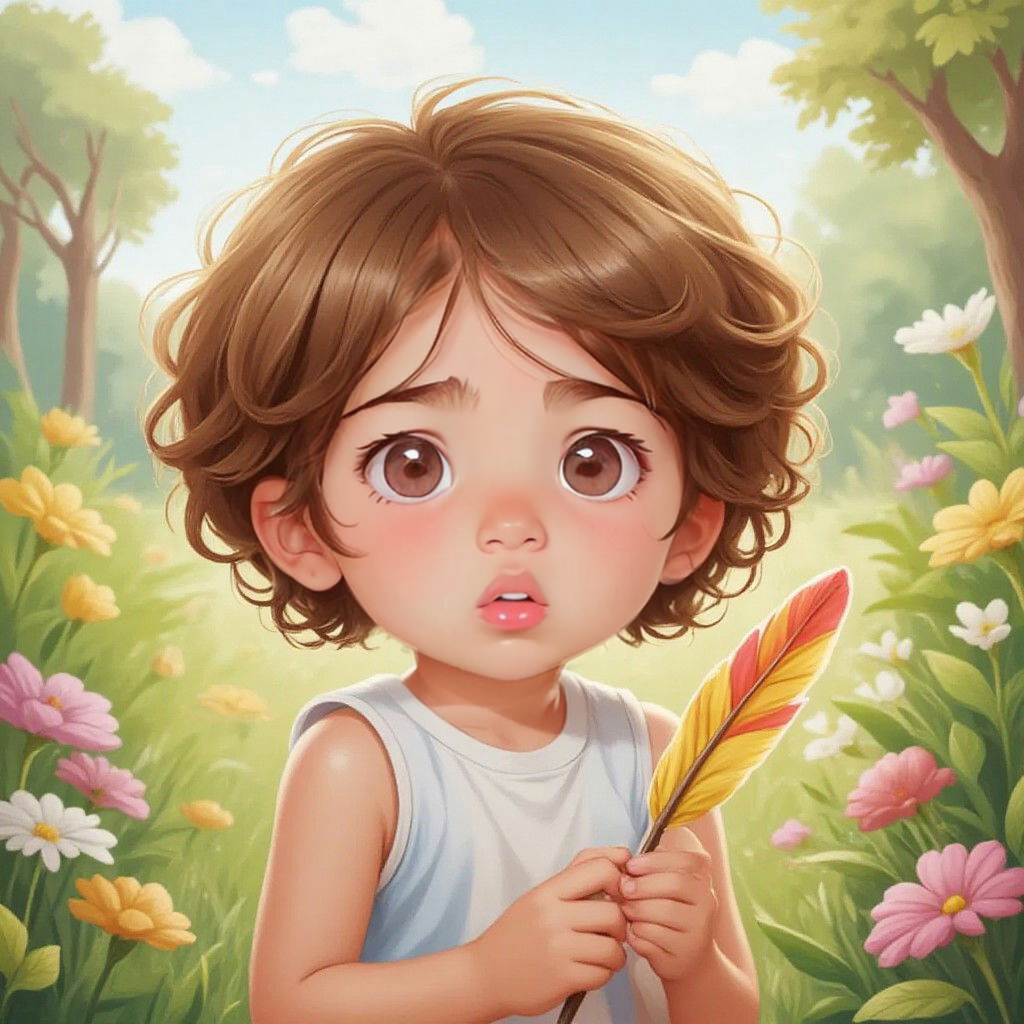
Leo and Sol, and their cousing Malo embark on a magical Paris adventure with Piout, a colorful pigeon, exploring museums, solving clues, and finding a lost brush to restore the city’s vibrant art magic.
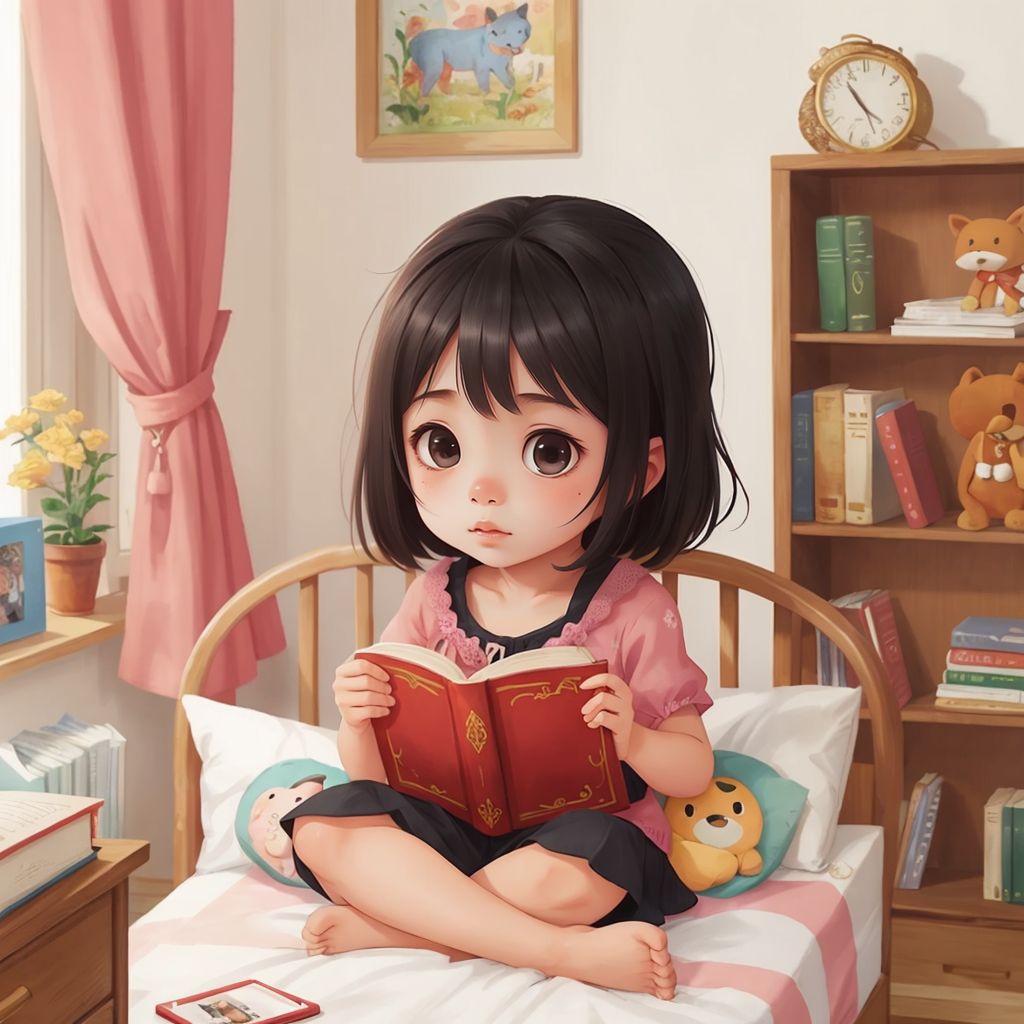
فتاه بعمر 4 سنوات تجد كتابا لتعلم اسماء الحيوانات باللغه الانجليزيه . تبداء بقراءه الكتاب ثام تدخل في عالم افتراضي مليء بالحيوانات . ثم تنتهي من قراءه الكتاب وتخرج للعالم الواقعي وتكون سعيده بتعلمها اسماء الحيوانات بالانجليزي

Rory loves hockey He will use his stick and puck to play with his dad Rory loves to watch hockey games Rory likes to play goalie
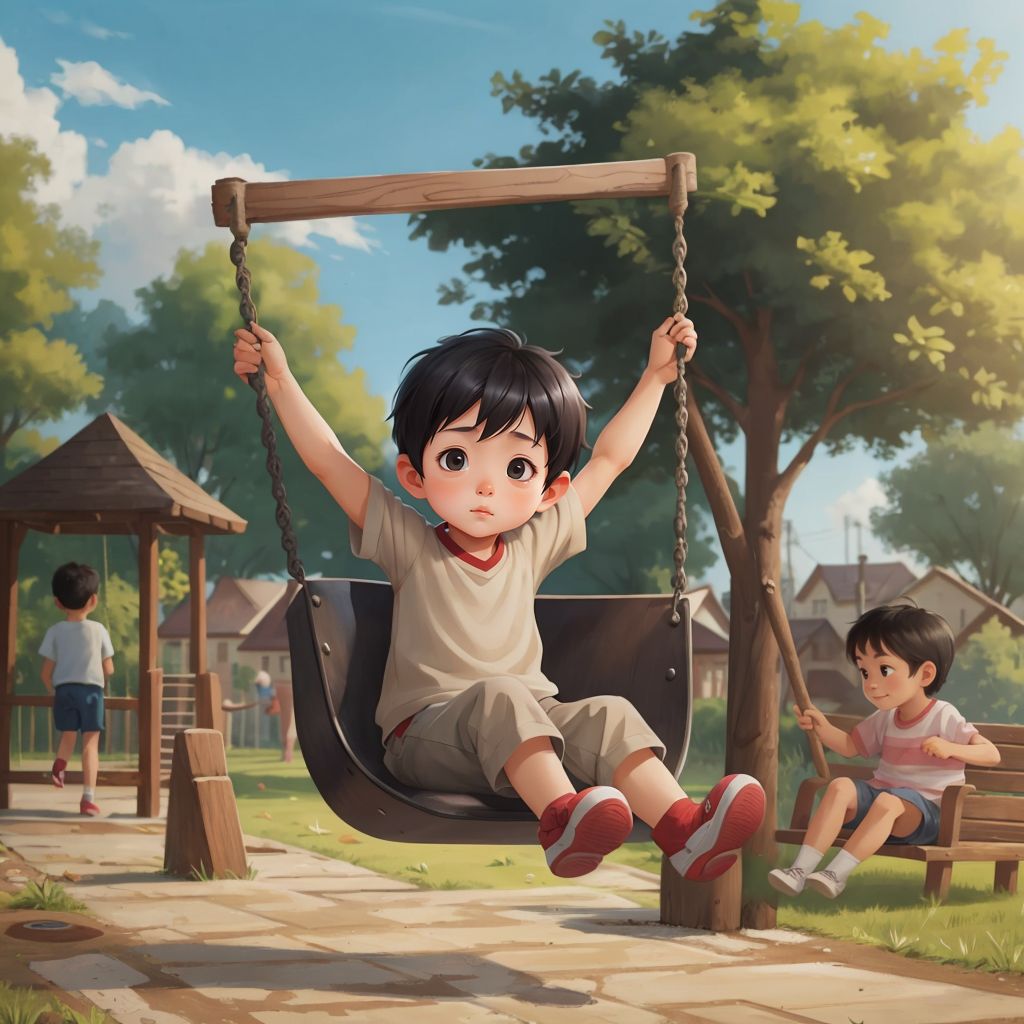
Nikola is a boy in the spectrum. He loves to play in the playground after school but gets upset when it's time to go home.

A young black girl just started coming to the beauty salon and needs help getting her hair healthy and growing. She plays sports and her mom doesn't know how to maintain her natural hair at home. She eats at home healthy foods that promote hair health, like fruits, vegetables, nuts, and fish. She comes to the beauty salon once a month for hair maintenance, tips and suggestions to growing beautiful fabulous hair. The hairstylist gave her tips: the importance of avoiding excessive heat, taking vitamins, drinking water, sleeping on a satin pillow case or silk scarf, explaining the importance of a healthy scalp with illustrations of gentle scalp massages and using natural oils. A page for children to draw or write about their own hair journey and what they’ve learned.

Ruby and Luka walks into the basketball court for Lucas basketball grand final. Luka warms up he is full of excitement and a little anxious Ruby pick up on it. So she went up to Luka and said I see you have butterflies, butterflies equal excitement don’t fear Luka breathe you’ve done this all before. So Luka feeling reinvigorated went out and played the best game of his life in the fourth quarter. Brady was cheering on from the side by saying go Luka go go Luka go And three seconds to go. The score was 52. All Luka had the ball. He dribble to the hoop and he did a slam dunk to win. Create an end Ruby and Luka celebrating having ice cream together Talking about excitement, butterflies, and breathing
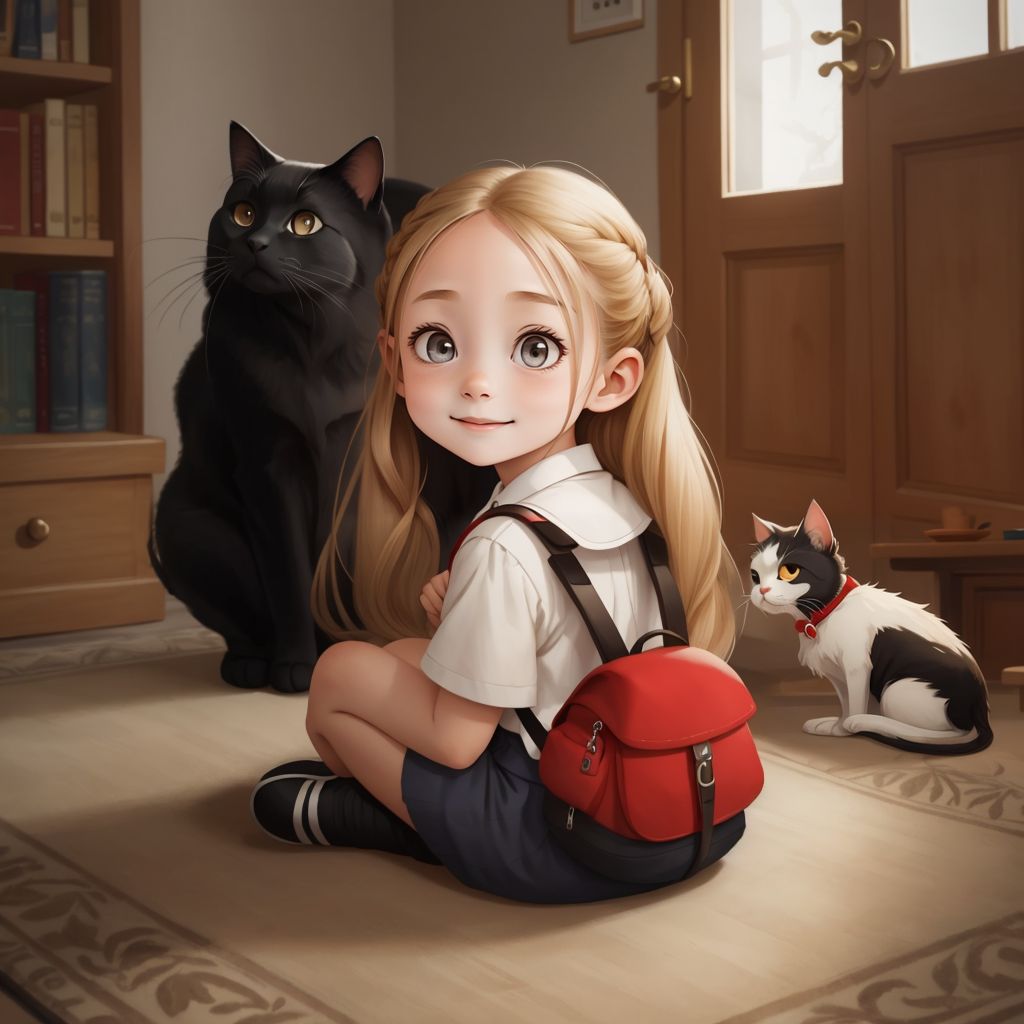
Brian is Ella’s best friend she is about to start nursery this makes Brian sad when it’s time to leave Brian jumps in Ella’s backpack Ella mammy has no idea and off they go Ella starts to tell her friends all about Brian and that she misses him then her come Brian he jumps out and says MEOW mrs lormor gasps cat and all the children laugh

Une petite fille est dans son lit avec ses parents musulman qui lui rajoute une histoire
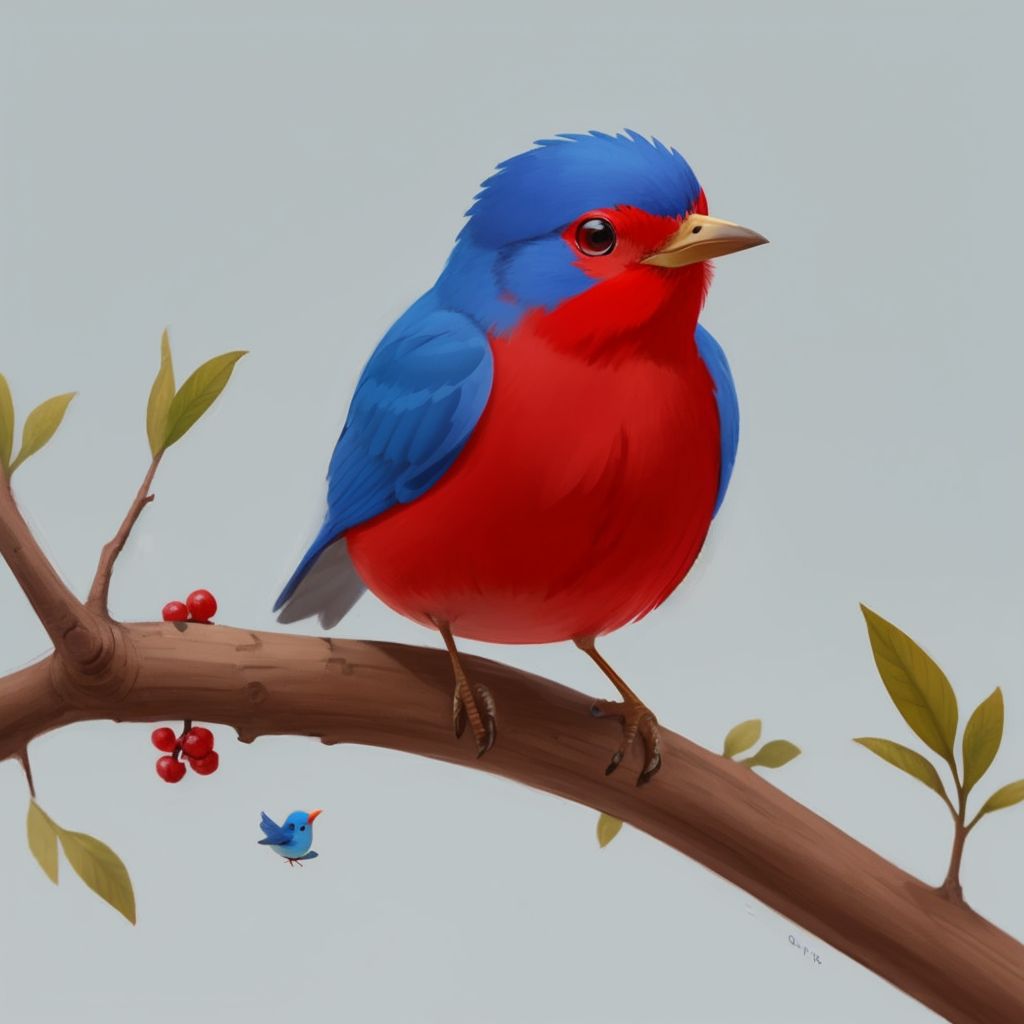
Es war einmal ein kleiner Junge namens Max. Einiges Tages bescloss er, den Wald zu erkunden. Als Max den Wald betrat, hörte er ein leises Rascheln in den Bäumen. Neugierig schaute er nach oben und entdeckte einen kleinen Vogel, der auf einem Ast saß. Der Vogel sah traurig aus und zwitscherte leise vor sich hin.
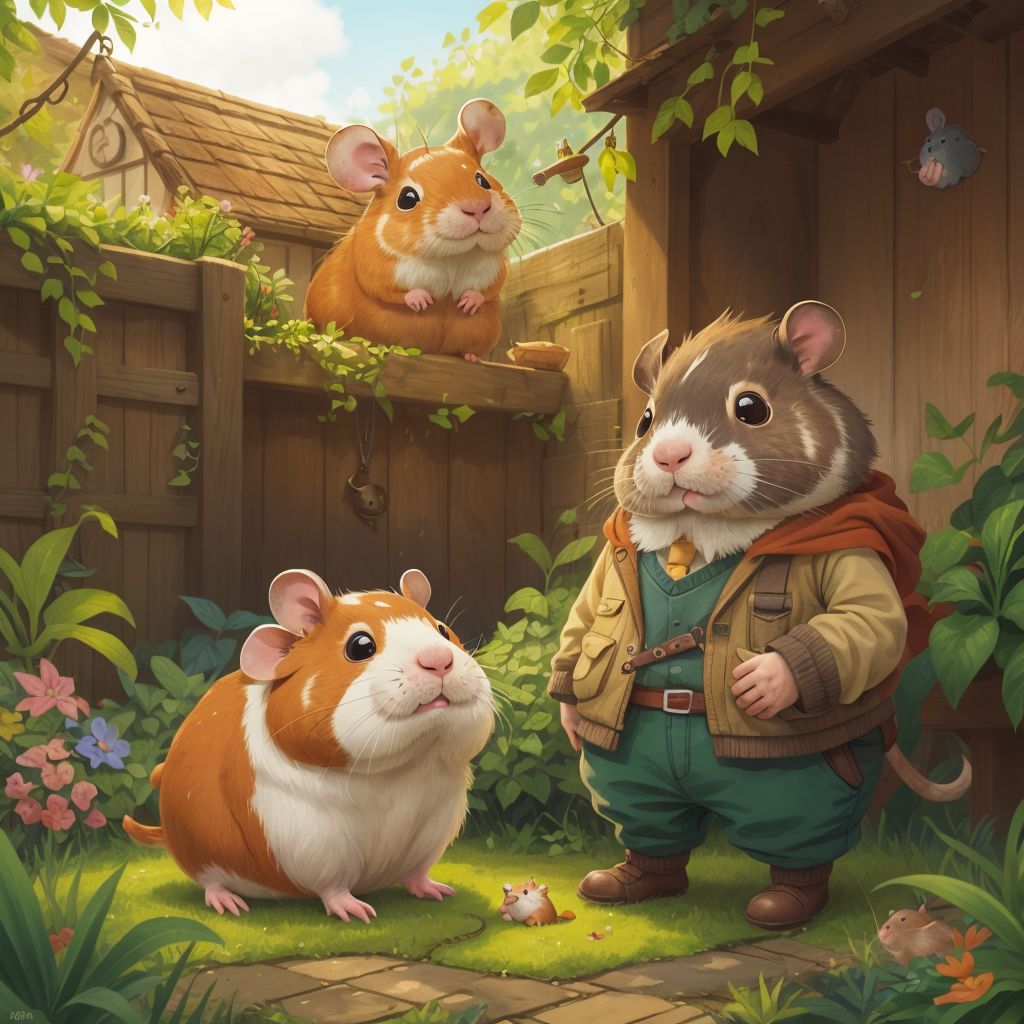
a guinea pig called ron who grew up around rats thinks he lost his tail and goes on a crazy adventure with his rat best friend monty to find his tail until he finds out he is a guinea pig and not a rat but he still loves his rat friends and his new guinea pig friends

A girl climbs a high mountain. Next to her are dad and mom. There is wind on the mountain. There is a tower at the top of the mountain. The family takes a photo at the tower.

1. A day in the factory a christian woman was not near God but living in sin and doing what others were doing, and not what God wanted her to do with her life. 2. at the factory Heavy metal hits the christian woman in the head 3. christian woman rushed to hospital after head injury to find out she was going blind 4. released from hospital as a blind woman to realise her world is about to change 5. woman tries to go about her life as a blind woman 6. the woman has trouble raising her kids so her parents help her out 7. because the woman was a christian she continued to worship God and Jesus and then was surprised by God by a healing for being faithful to him. 8. the christian woman receives her healing regaining her full sight back of 20/20 9. in the midst of all of the pain and suffering the Christian woman learned to lean on God.
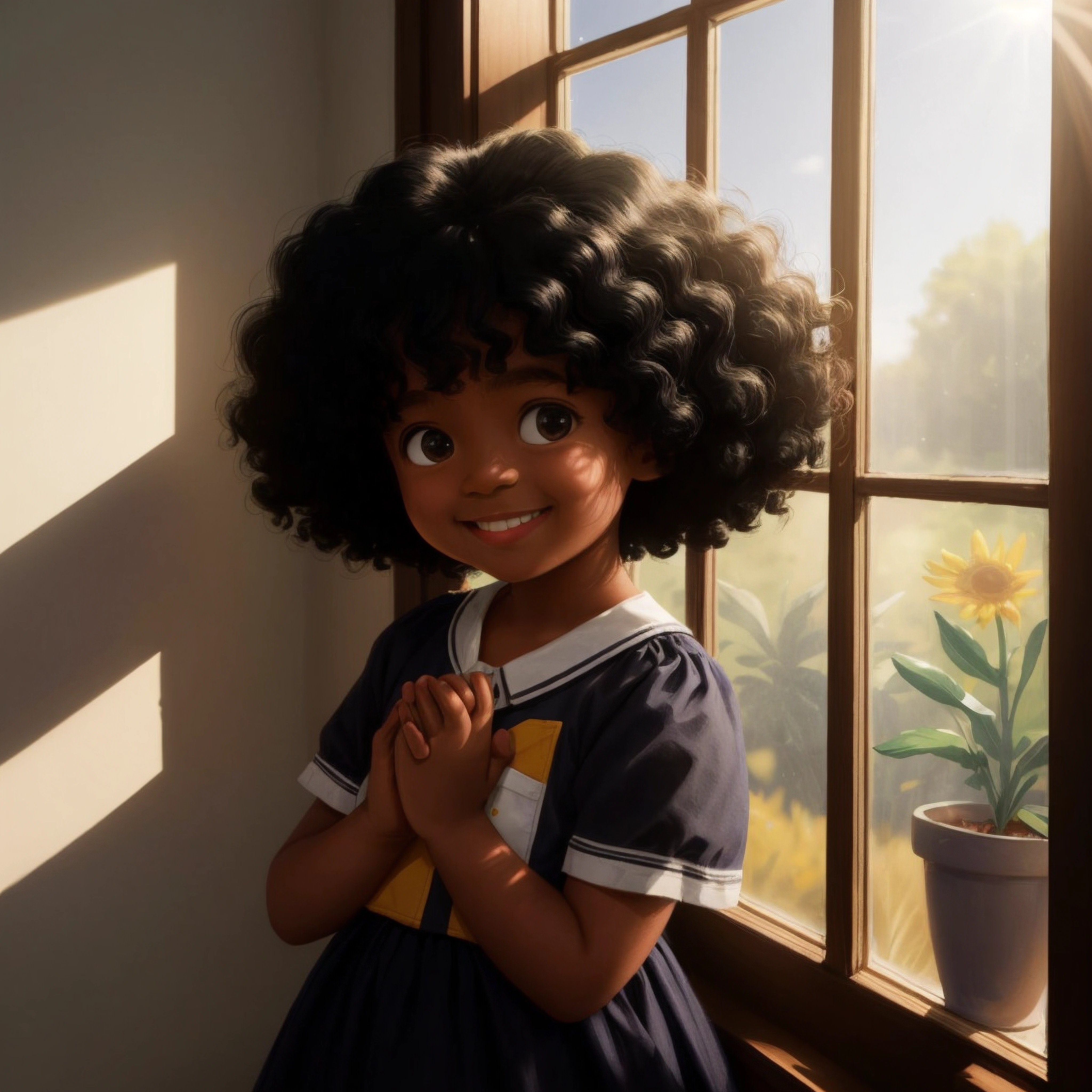
A BOOK OF 10 DIFFERENT PRAYERS THAT A CHILD BETWEEN 2-6 years can say. This book is 10-15 pages of different pics and 10 different prayer. Its shows a little african american girl in different scenery prayiing out loud.
